After what feels like an eternity of waiting, scientists at NASA, ESA and CSA have shared the first batch of full-colour images produced by the James Webb Space Telescope (JWST).
The team have released four images: a deep-field image which has captured a fragment of the night sky, a dying star, a set of merging galaxies, and a nebula where stars are born. The presentation revealed that they were able to identify water, in the form of steam, on an exoplanet 1,120 light-years away.
These first few images are a taste of what's to come. Each is an example of a different area of study that the space observatory will be able to provide new insight on: Exoplanets, star formation (and death), the early Universe and how a galaxy forms. And of course there were a few surprises or 'Easter eggs', as NASA called them, thrown in for good measure.
WASP-96 b
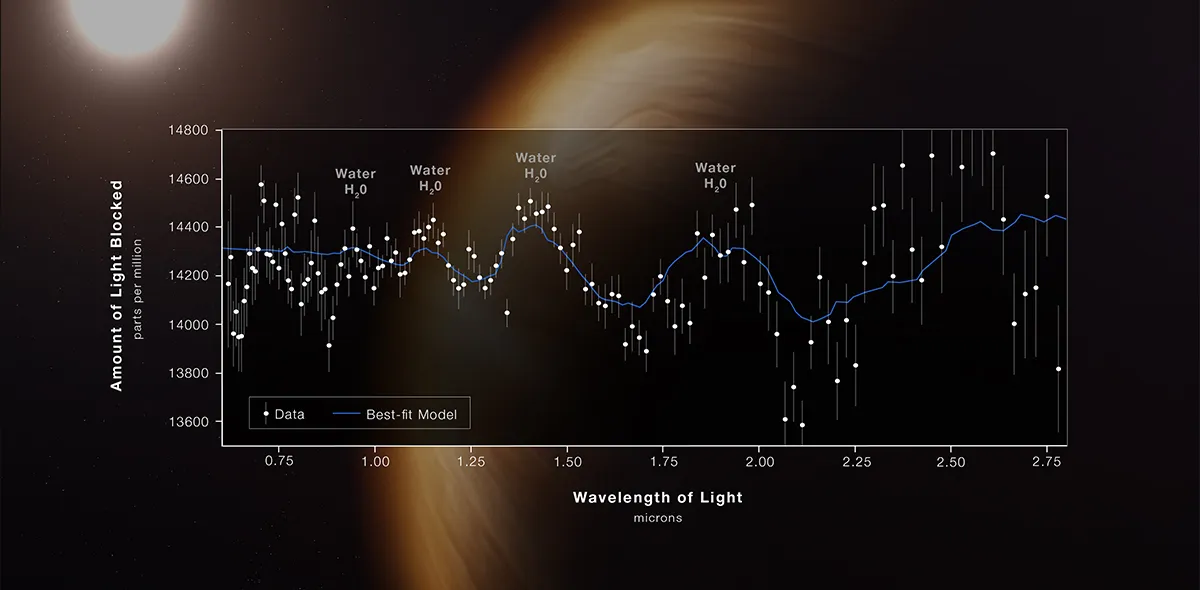
Unlike the other images released that show snapshots of space, this image from the JWST team is a light curve, in the form of a graph. But don’t let that fool you; it reveals exciting new details about the atmospheric composition of WASP-96b, a hot gas giant exoplanet with a mass similar to that of Saturn.
Orbiting a Sun-like star roughly 1,120 light-years from Earth, the JWST has identified water in the form of vapour, hazes and even evidence of clouds. WASP-96b has a steamy atmosphere, and this data represents the most detailed exoplanet spectrum to date.
Star death
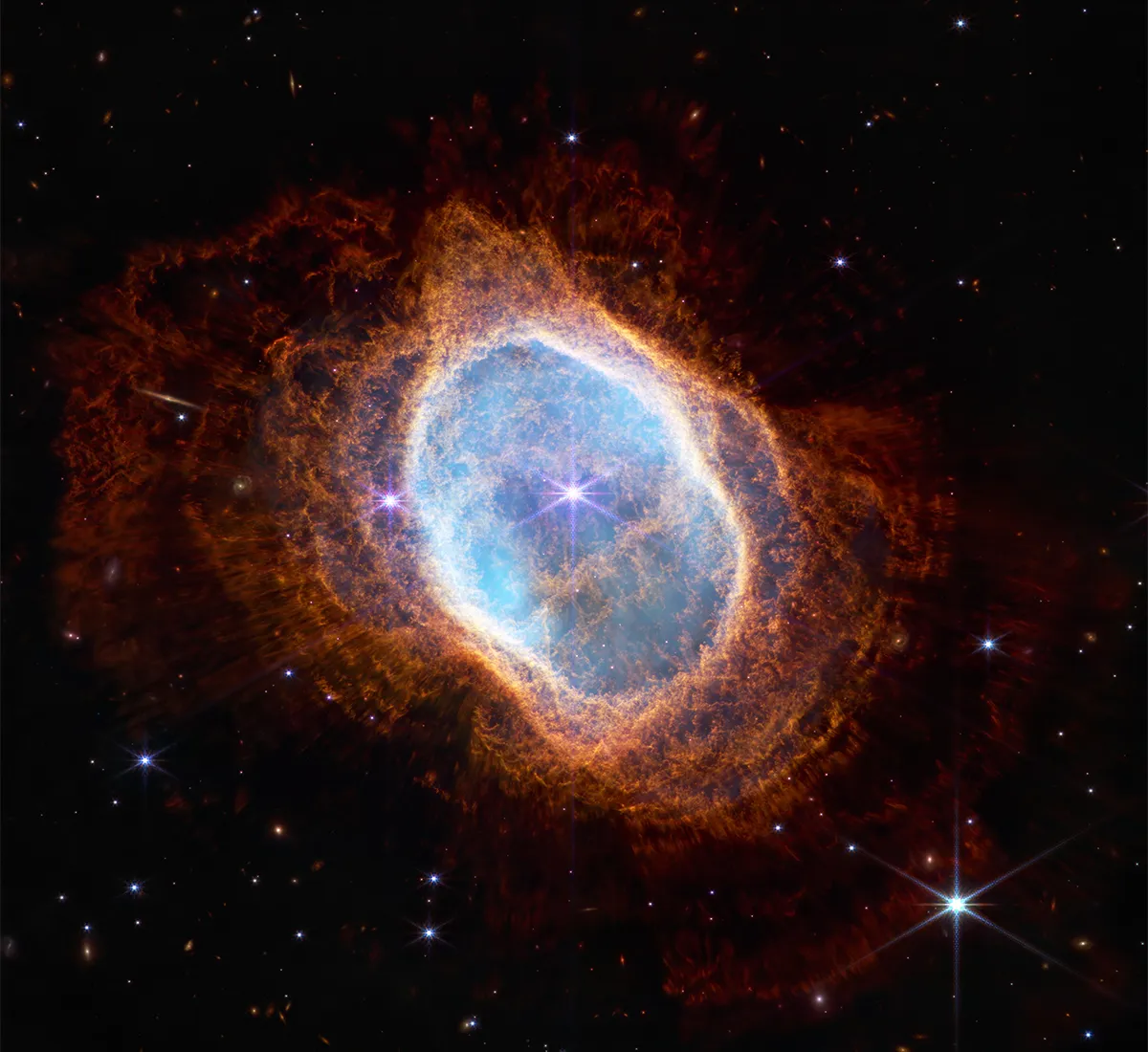
This beautifully crisp image was taken with JWST's Near-Infrared Camera (NIRCam) and is of the Southern Ring Nebula.
At the centre of the nebula is a dying star, seen here shining a brilliant blue. It’s actively expelling gas and dust with immense power, and this is what we can see as the orange, foam-like waves.
Most stars, including our own, will end with a nebula that looks a lot like this one.
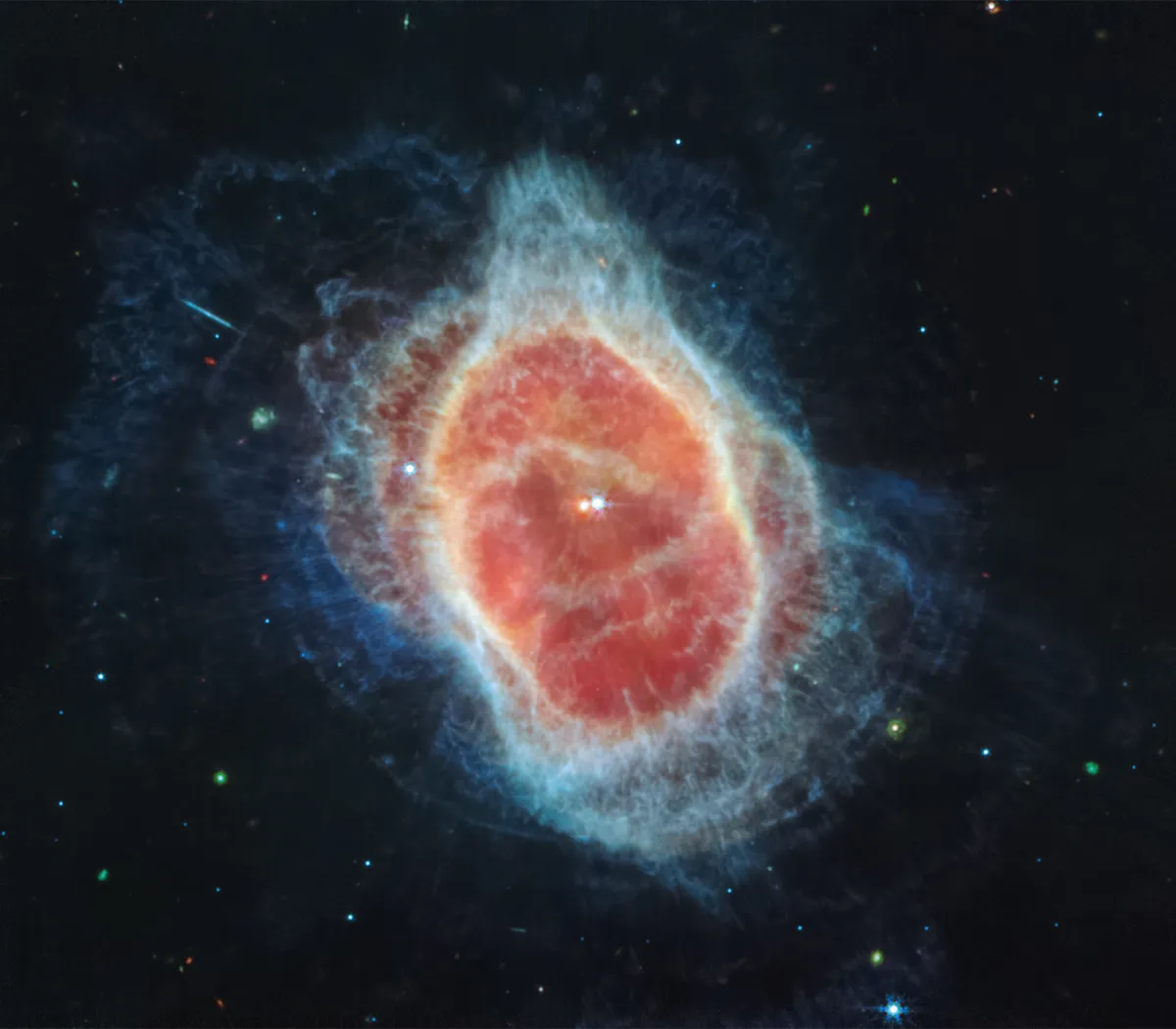
This image of the Southern Ring Nebula, this time taken using the Mid-Infrared instrument (MIRI), has helped astronomers capture details previously shrouded in dust.
It allows us to see light in the mid-infrared region of the electromagnetic spectrum, and with this instrument, the team have identified a second star surrounded by dust; the Southern Ring Nebula is binary system.
The red star, in the centre on the left, is a hot, dense, white dwarf star which has periodically ejected mass. The other, a blue star to the right, has helped to stir up this ejected material. Both stars orbit each other, mixing gas and dust to create these asymmetrical patterns seen in this image.
Why is the red star still shrouded in dust? We don’t yet know, but we hope to find out.
More images from BBC Science Focus:
- Astronomy Photographer of the Year finalists announced
- The world's oldest geothermal power plant
- Buzz off buster! Bird Photographer of the Year finalists shared
Stephan's Quintet
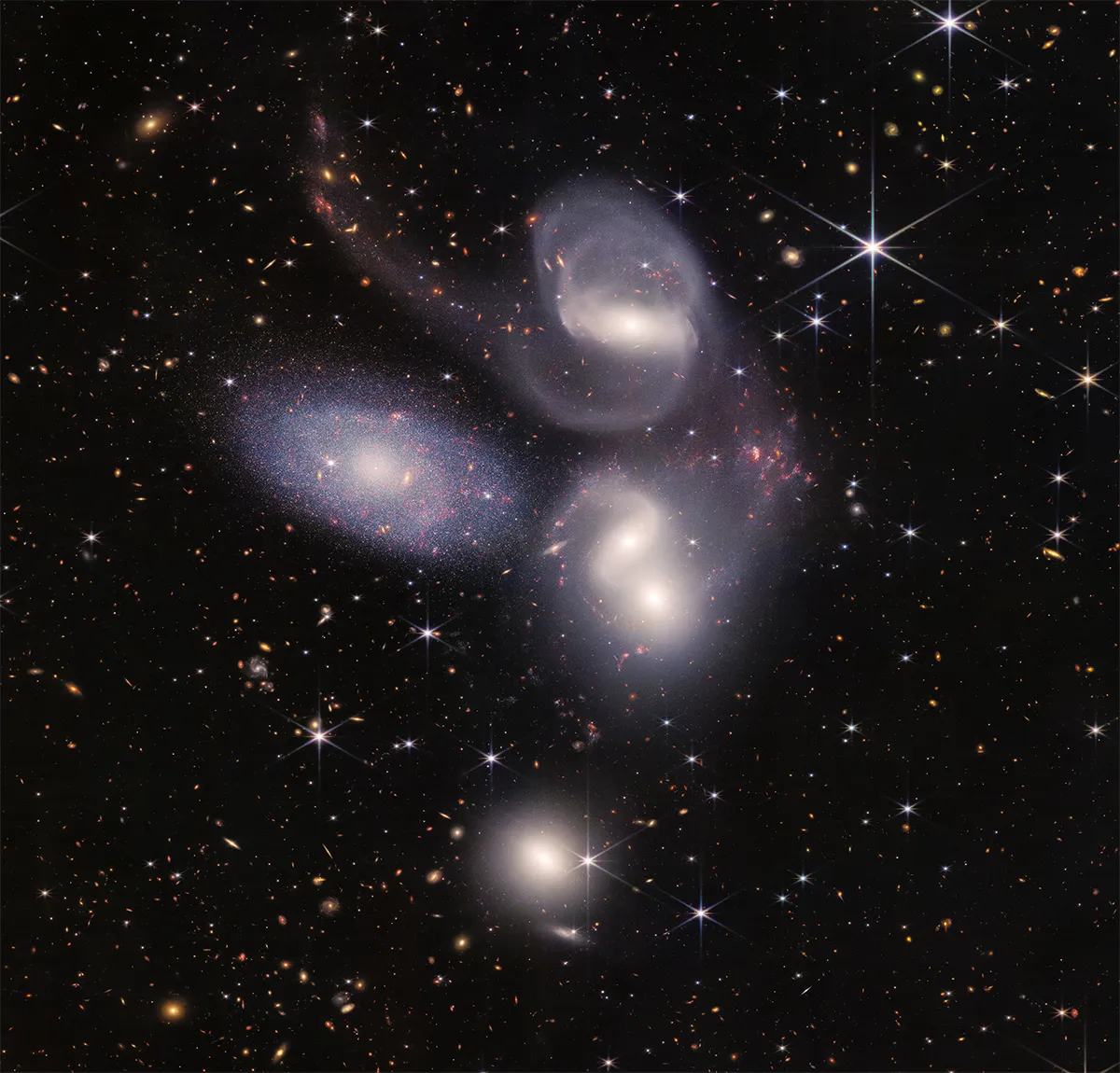
Almost 1,000 individual images were assembled to capture this enormous mosaic of Stephan’s Quintet. This galaxy group was first spotted back in 1877 by Édouard Stephan, and is made up of five interacting galaxies that appear to be touching each other.
Although the galaxies all appear to reside at a similar distance from Earth, the one on the left, NGC 7320, is actually much closer at only 40 million light-years away. The other four galaxies on the right, are around 290 million light-years away. The proximity of these galaxies allows scientists to witness their merging and interaction, which is crucial in understanding their evolution.
Carina nebula
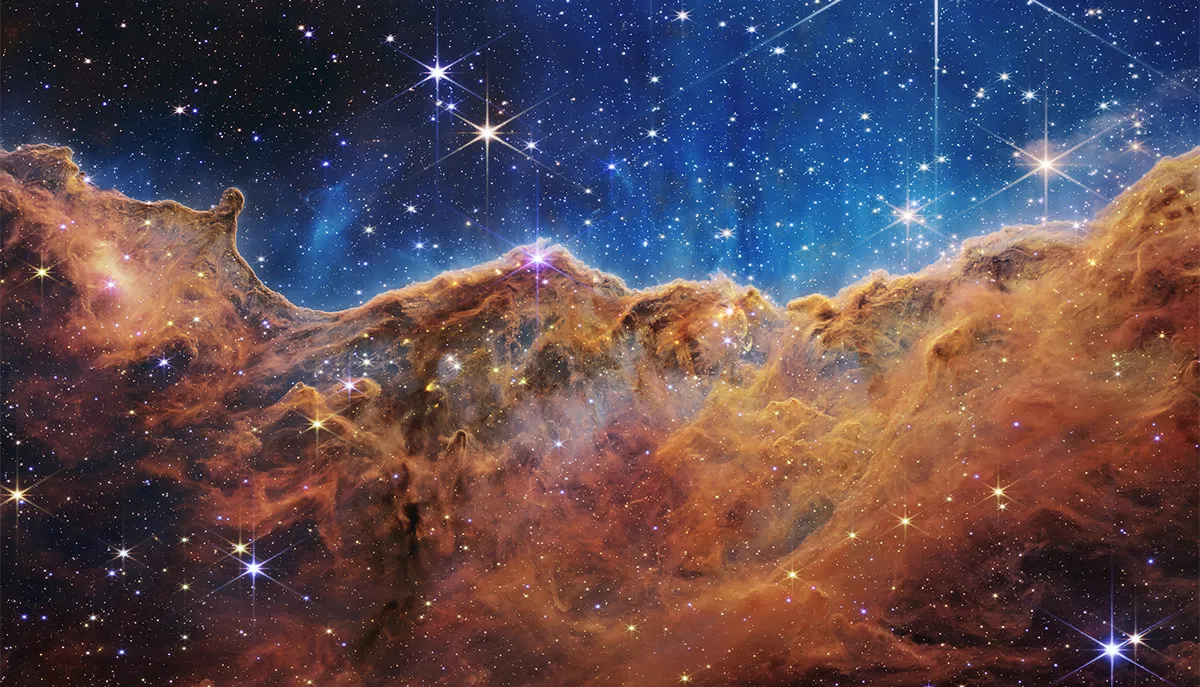
Nicknamed the Cosmic Cliffs, this image depicts an almost mountainous-like cloud in the Carina Nebula approximately 7,600 light-years away.
It’s part of a star-forming region called NGC 3324, and is captured in infrared light, revealing, for the first time, previously invisible stellar nurseries.Intense ultraviolet radiation and immense winds from massive, hot stars in the centre of the nebula have pushed gas and dust outwards, sculpting out this huge cavernous area.
The centre of the bubble is shown at the top of the image, and the nebula’s wall is shown at the bottom. Within the Carina Nebula are a number of explosive stars including Eta Carinae, a huge double star system with the main system being as large as roughly 200 Suns.
These observations and images of NGC 3324 will help to shed light on star formations and the birth of stars.
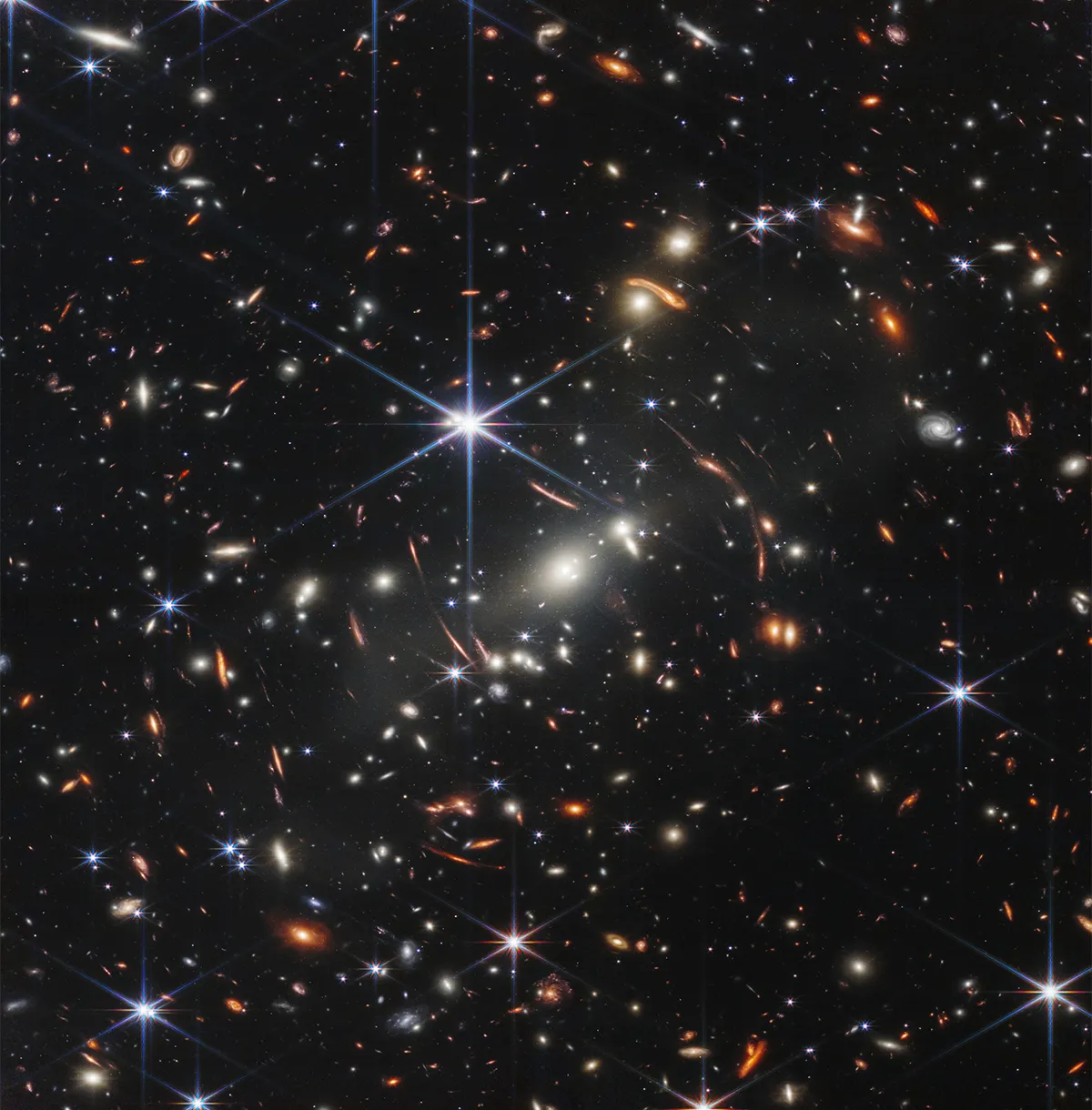
The first published image from the JWST is of the galaxy cluster SMACS 0723, seen in the centre of the image. Look carefully and you can see the light from other galaxies warping around a point in the centre.
This is because the galaxy cluster is so big, that it acts as a gravitational lens, causing a noticeable curvature of spacetime. In essence, the JWST is a human-made telescope pointed at nature’s telescope.
The result is an image of some of the most distant galaxies we’ve ever seen, as they were around 4.6 billion years ago.
Believe it or not, this image is just a minuscule fraction of the Universe. It represents a patch of space roughly the same size as a grain of sand when held at arm’s length by someone stood on Earth.
It achieved by assembling multiple images from different wavelengths, in a process that totalled just 12.5 hours.
Read more:
